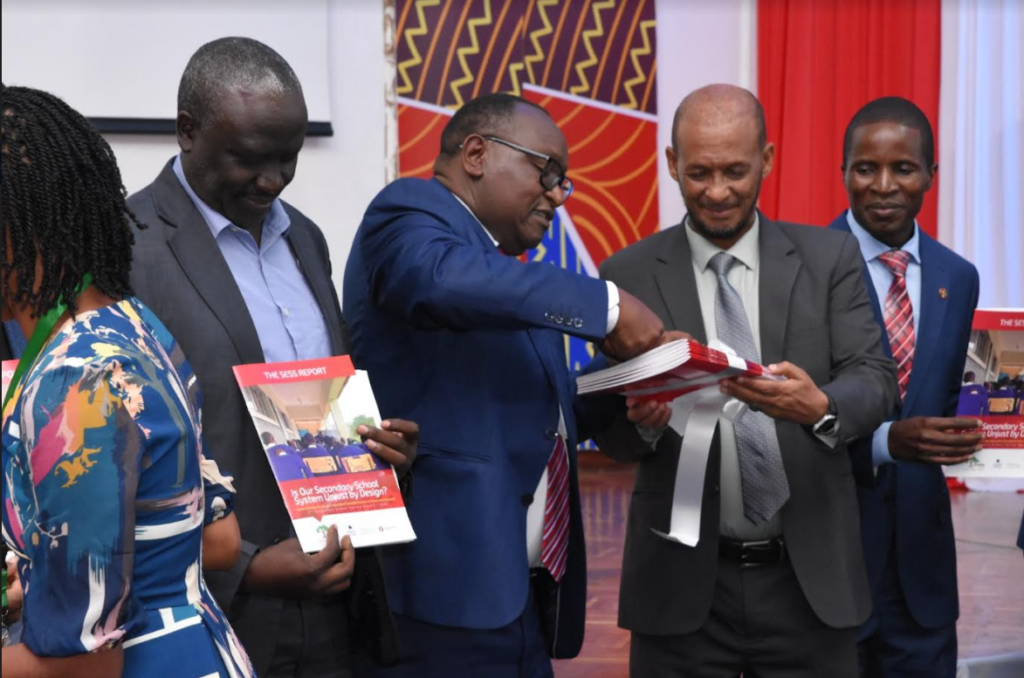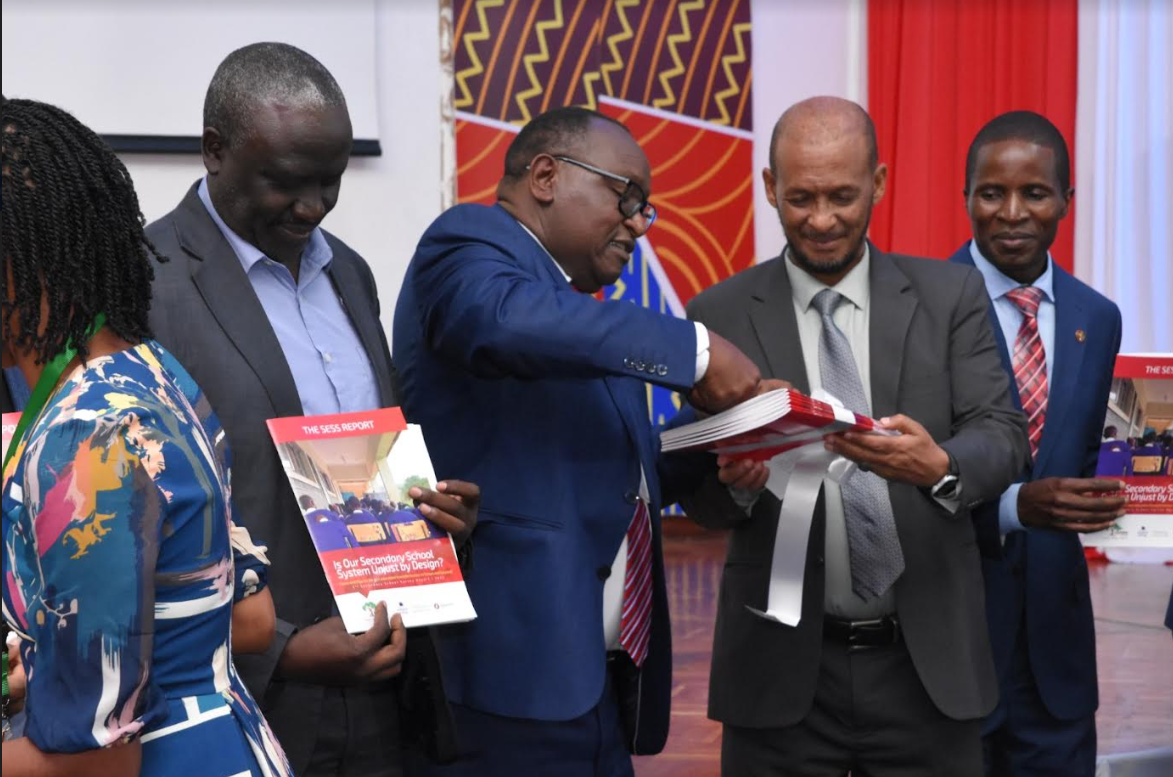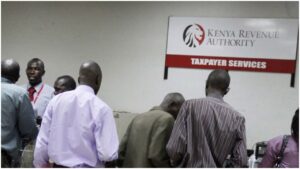Usawa Agenda secondary school survey advocates equality in education sector

The Usawa Agenda secondary school survey report, released yesterday, highlighted a concerning trend: the type of secondary school a child attends significantly influences their academic success or failure, surpassing the importance of their primary school marks.
National schools, ranked highest in Kenya, enjoy substantial advantages over sub-county schools, both in terms of staffing and funding.
This discrepancy in resource allocation disproportionately affects students’ performance in the KCSE examinations, overshadowing their initial entry marks.
The report underscores the stark reality that sub-county schools offer limited opportunities for academic excellence, while national schools provide the optimal environment for success.
Dr. Emmanuel Manyasa, the Executive Director of Usawa Agenda, emphasized the urgent need for educational equity, stressing the importance of leveling the playing field to achieve education justice for all children.

He noted that despite efforts to pursue Sustainable Development Goal 4, ensuring inclusive and equitable quality education, the current educational landscape fails to reflect true meritocracy.
The survey also shed light on the financial burdens faced by parents, with school fees and uniform costs posing significant obstacles to education. Shockingly, over 43.6 percent of schools require uniforms exceeding 5,000 Kenyan shillings per set, exacerbating financial strain for families.
Moreover, disparities in disciplinary actions based on school category were observed, with students from sub-county and county schools disproportionately affected.
Furthermore, the survey exposed the stark differences in infrastructure, revealing that only 20 percent of sub-county schools possess biology, physics, and chemistry laboratories, compared to 90 percent of national schools.

Gender disparity was another pressing issue, with women underrepresented in school leadership roles, comprising only 15 percent of Board of Management chairs.
Regarding absenteeism, national schools exhibited a lower rate (3.9 percent) compared to private schools (20.7 percent), with special schools facing the highest absenteeism rate at 52.2 percent.
Teacher absenteeism rates also varied by school category, with national schools having the lowest rate (9.2 percent) and sub-county schools the highest (14.5 percent).
The release of the survey findings garnered attention from key stakeholders, including Ministry of Education officials, the Kenya National Bureau of Statistics (KNBS), World Bank representatives, UNICEF, teachers’ unions, and civil society organizations, signaling a collective acknowledgment of the urgent need for systemic change in Kenya’s education system.




